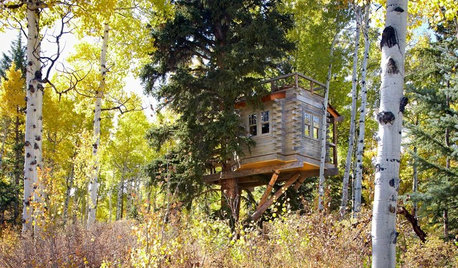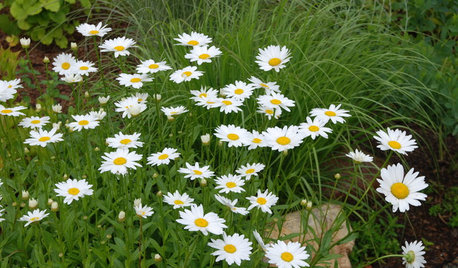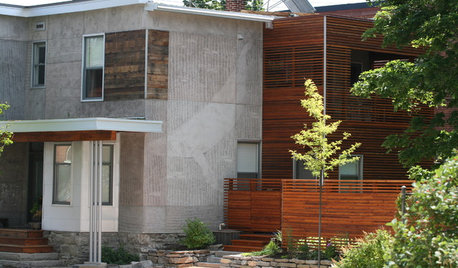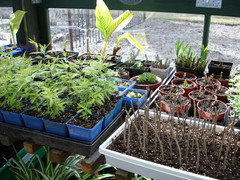How to propagate trees from cuttings
poultryduk
16 years ago
Featured Answer
Comments (27)
poultryduk
16 years agoRelated Professionals
Fitchburg Landscape Architects & Landscape Designers · Havre de Grace Landscape Architects & Landscape Designers · Ilchester Landscape Architects & Landscape Designers · Middle Island Landscape Architects & Landscape Designers · Goodyear Landscape Contractors · Davidson Landscape Contractors · La Vista Landscape Contractors · Mashpee Landscape Contractors · New Brighton Landscape Contractors · Point Pleasant Landscape Contractors · Pompton Lakes Landscape Contractors · York Landscape Contractors · Yuba City Landscape Contractors · Irvington Landscape Contractors · Kingsburg Landscape Contractorskittyl
16 years agostoloniferous
16 years agoalbert_135 39.17°N 119.76°W 4695ft.
16 years agocrazyherblady
16 years agowyndyacre
16 years agopoultryduk
16 years agostoloniferous
16 years agonandina
16 years agopoultryduk
16 years agooaks_gardner
16 years agopoultryduk
16 years agostoloniferous
16 years agohershell
16 years agopoultryduk
16 years agonanaclaire
15 years agoechinaceamaniac
15 years agonanaclaire
15 years agogspross_gmail_com
14 years agotreble
14 years agocklein5393_gmail_com
12 years agolizzie2009
11 years agotamatik
11 years agodanzeb
10 years agoJustheGoodstuff
8 years agosvacharya
8 years ago
Related Stories

HOLIDAYSHow to Care for Your Christmas Tree
Keep your tree looking lush until the last ornament is packed away with these tips for watering, using stands and more
Full Story
TRAVEL BY DESIGN11 Amazing Home-Away-From-Home Tree Houses Around the World
Go climb a tree — and spend the night. Tree house hotels and lodges are booming as exotic vacation alternatives
Full Story
TREE HOUSESSwaying From Sleepovers to Dinner Parties in a Colorado Tree House
Folks of all ages have it made in the shade in this fun little house, thanks to electricity, a kitchenette and a rooftop deck
Full Story
HOUZZ TOURSMy Houzz: A Reclaimed Wood House Rises From the Trees
Scorched siding, thoughtfully repurposed furnishings and a connection to both family and nature shine in this designer's new build
Full Story
GARDENING GUIDESHow to Keep Your Trees Healthy
Ensure your trees’ vigor for years to come with these tips for protecting roots, watering effectively and more
Full Story
VACATION HOMESHouzz Tour: A Peaceful Lake House Rises From the Rubble
Crashing trees left this Vermont home uninhabitable, but a redesign made it better than ever
Full Story
DECORATING GUIDESSpring Style: Fresh-Cut Flowers for Every Room
Graceful, lively or dramatic, fresh flowers make rooms of every shape, size and style that much lovelier
Full Story
GARDENING GUIDES7 Ecofriendly Gardening Ideas That Also Cut Chore Time
Spend less time weeding, less money watering and more moments just sitting back and enjoying your healthy garden
Full Story
FLOWERSBest Cutting-Garden Beauties for Late Summer
Pick blooms bursting with color or in classic white for bouquets to give away or keep all to yourself
Full Story
REMODELING GUIDESArtistic Carvings Make for Cutting-Edge Architecture
Modern architecture makes room for decoration with artistic designs carved into exterior concrete and interior wood
Full StoryMore Discussions







kittyl